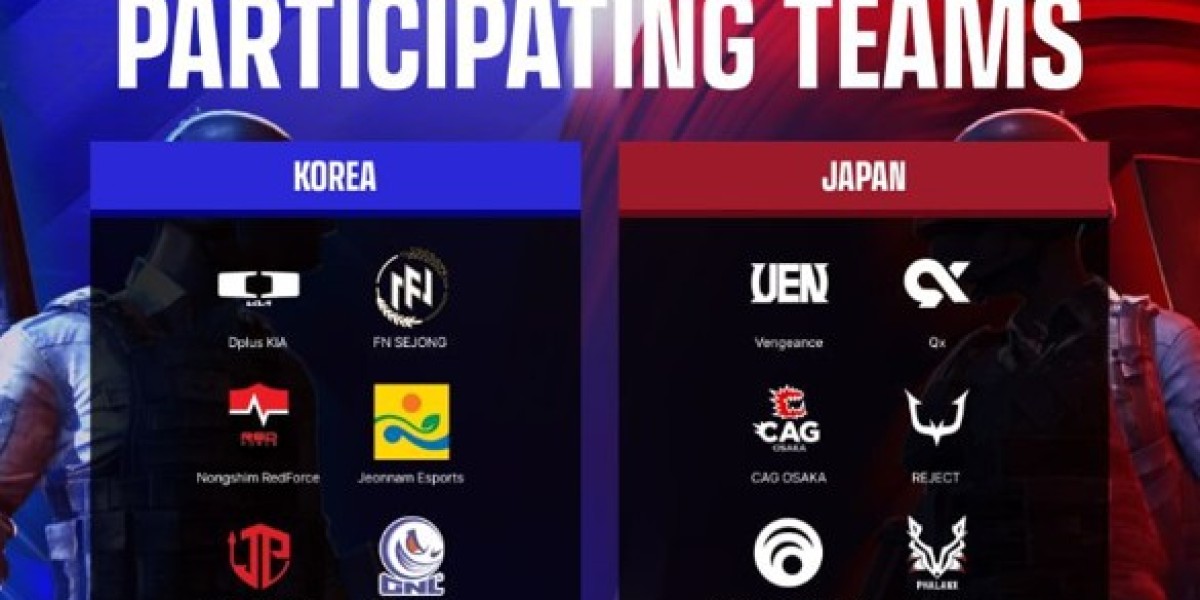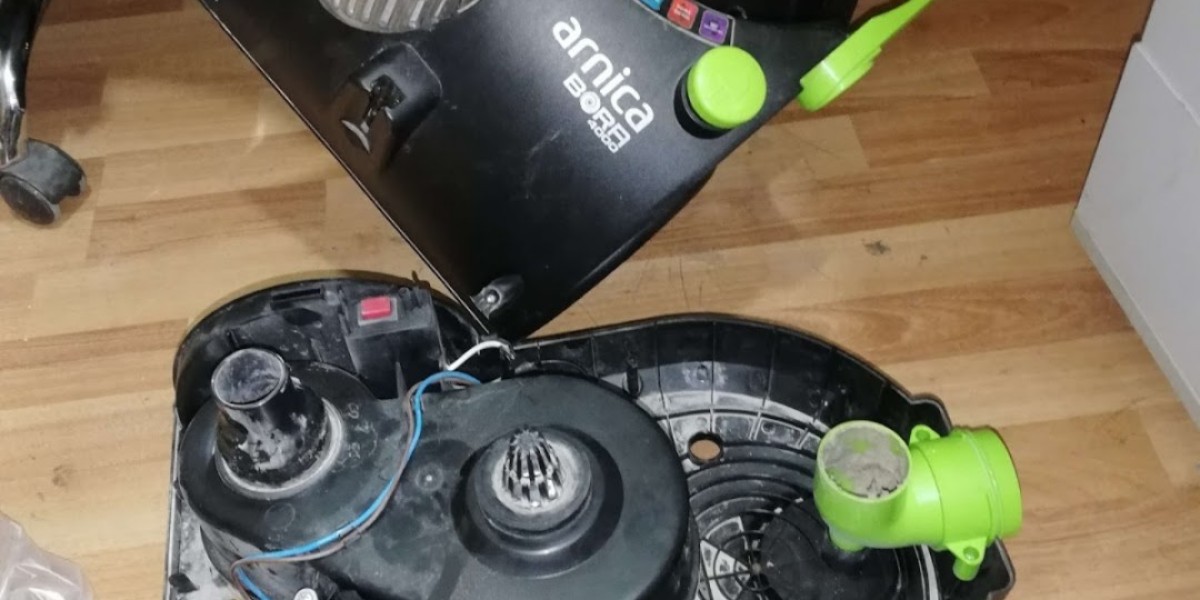The global Divinylbenzene market is experiencing significant growth, driven by rising demand across multiple industries such as ion exchange resins, adhesives, elastomers, and polymers. Divinylbenzene, a derivative of benzene, is primarily used to manufacture cross-linked polymers due to its dual vinyl group structure, which makes it ideal for polymerization reactions. This report explores the dynamics of the DVB market, including key trends, drivers, challenges, applications, and regional insights.
Divinylbenzene is a colorless to pale yellow liquid with a characteristic aromatic odor. It is obtained primarily through the dehydrogenation of diethylbenzene and exists in different isomeric forms (meta and para). The commercial grades of DVB typically contain a mixture of these isomers, along with some ethylvinylbenzene (EVB). It is primarily used to enhance the cross-linking in polymers, significantly improving chemical resistance and mechanical strength.
The DVB market is anticipated to grow steadily over the forecast period, with rising demand from water treatment, electronics, and chemical processing industries. Increasing urbanization, stricter environmental regulations, and greater emphasis on wastewater management are also supporting market expansion.
Divinylbenzene Market CAGR (growth rate) is expected to be around 3.20% during the forecast period (2025 - 2034).
Key Market Drivers
· Rising Demand for Ion Exchange Resins:
The most significant application of divinylbenzene is in the production of ion exchange resins. These resins are widely used in water treatment, both for industrial and municipal purposes. With global concerns over water pollution and scarcity, the demand for ion exchange resins is increasing, which in turn propels the growth of the DVB market.
· Growth in Polymer and Adhesive Industries:
DVB is used to improve the rigidity, stability, and durability of polymers and adhesives. As end-use industries such as automotive, construction, and packaging expand, the demand for high-performance polymers increases, leading to higher consumption of divinylbenzene.
· Technological Advancements in Manufacturing:
Modern advancements in chemical synthesis and purification techniques have enabled the production of high-purity DVB with specific isomeric ratios. This has improved the efficiency of downstream processes, thus boosting its appeal in sensitive applications such as electronics and biomedical devices.
· Expansion of Water Treatment Projects:
Governments and environmental agencies across the globe are investing heavily in water purification infrastructure. Ion exchange resins made using DVB are critical for processes such as deionization and softening. This trend is particularly prominent in developing economies in Asia-Pacific, the Middle East, and Africa.
Key players in the Divinylbenzene Market include:
Xiamen Dongfa Chemical, Lotte Fine Chemical, CNPC Xiwang Petrochemical Company, Wuxi Vichem Group, Changzhou Lele Petrochemical Technology, Mitsubishi Chemical Corporation, Jurong Chemical, Evonik Industries, DAITO CHEMICO, Zhejiang Taizhou Cangnan Chemical.
Market Trends
· Sustainable and Green Chemistry Practices:
Manufacturers are increasingly adopting eco-friendly processes to reduce carbon footprints and comply with environmental standards. The development of bio-based or less toxic alternatives for DVB is an area of ongoing research.
· Increased R&D Investments:
To cater to specialized applications, particularly in medical and electronic sectors, companies are investing in research to develop DVB products with higher purity and performance consistency.
· Strategic Mergers and Acquisitions:
To expand market reach and technological capabilities, key players are engaging in mergers, acquisitions, and joint ventures. These strategies enable companies to leverage shared expertise and access new markets.
· Customized Resin Formulations:
The demand for tailor-made ion exchange resins is rising, driven by unique industrial requirements. DVB-based custom formulations are increasingly used in pharmaceuticals, power generation, and food-grade applications.
For More Information Request for Sample PDF
Market Challenges
· Volatility in Raw Material Prices:
The production of divinylbenzene is heavily dependent on benzene and its derivatives, whose prices are influenced by fluctuations in crude oil markets. This unpredictability can impact the cost structure and profit margins of manufacturers.
· Environmental and Health Concerns:
As an aromatic hydrocarbon, DVB poses certain health and environmental hazards. Inhalation or prolonged exposure can lead to health issues, while its production and disposal need to comply with environmental safety regulations. These concerns could restrict its use in some sensitive applications and regions.
· Competition from Alternative Cross-linking Agents:
Though DVB is highly effective, other cross-linking agents such as ethylene glycol dimethacrylate (EGDMA) and multifunctional acrylates are also used in similar applications. The availability of substitutes may restrain the overall market growth.
Contact Us:
Market Researcnh Future (Part of WantStats Research and Media Pvt. Ltd.)
Contact Number. +91 2269738890
Email: sales@marketresearchfuture.com







